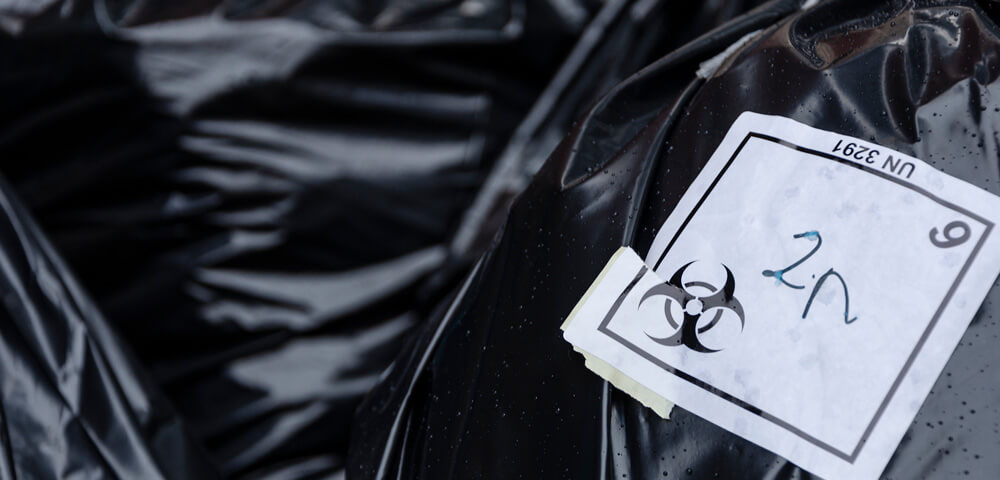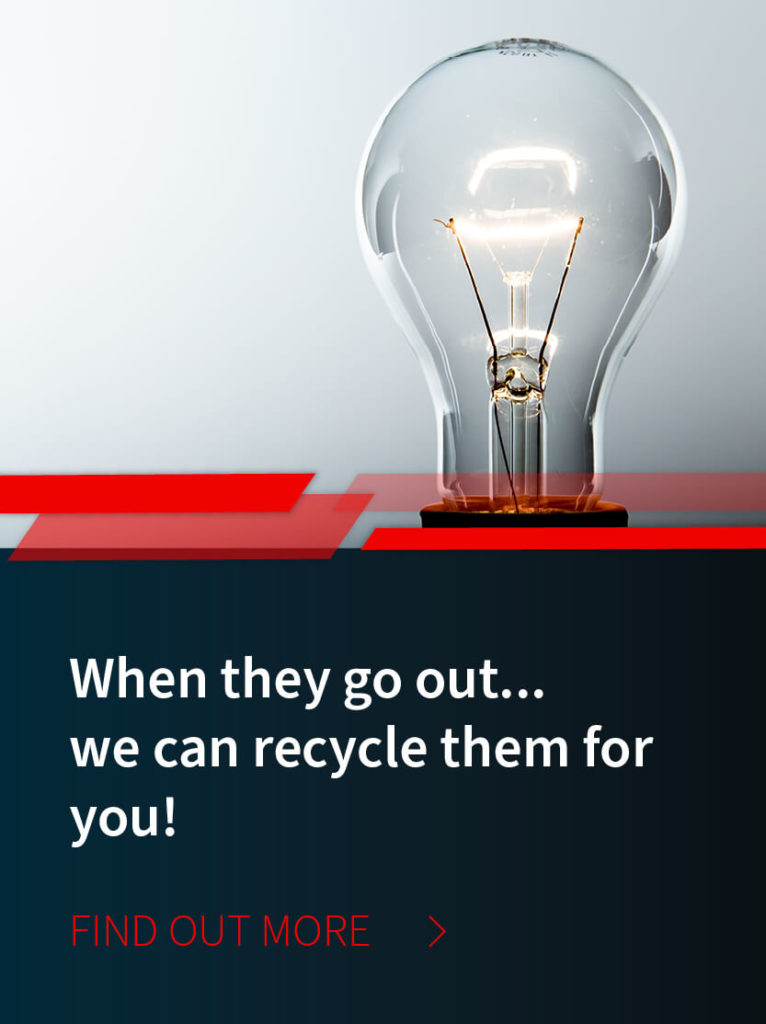
/ IN THIS BLOG
Numerous rules and regulations govern how hazardous waste is handled, transported, and treated—and rightfully so. Without such regulations there is an increased risk of those hazardous materials being improperly disposed of. Improper waste disposal leads to groundwater and soil contamination that negatively affects people and animals coming into contact it. Such exposure can cause serious illness, disease, and potentially death. Regulations, therefore, are obviously put in place with safety in mind, and a large part of that safety component is the use of waste codes.
01 / What Are Hazardous Waste Codes?
The Environmental Protection Agency (EPA) created a list of hazardous waste codes. These are alphanumeric labels that explain exactly what kind of hazardous waste is being handled, transported, or treated. Four primary lists of hazardous waste and their codes are found in the Code of Federal Regulations (Title 40 CFR §261). These lists define F, K, P, and U lists. For example:
- F list: hazardous wastes resulting from common manufacturing and industrial processes
- K list: hazardous wastes from specific industry sectors and manufacturing
- P list: hazardous wastes from commercial and pure grade formulations of certain chemicals
- U list: hazardous wastes from discarded commercial chemical products – most often pharmaceuticals.
You can learn more about the designations of the hazardous waste codes of the EPA here.
02 / How Hazardous Waste Codes Are Created
Hazardous code designations vary according to the type of waste. The determination of the characteristics of a hazardous waste are noted through their “D” code designation. Safety for those handling, storage, transportation and disposal of hazardous waste rely on knowledge of the hazardous waste codes of the EPA, which also defines codes based on the waste’s characteristics, such as:
- D001: ignitable or flammable waste
- D002: corrosive waste
- D003: reactive waste
- D004 through D043: toxic waste (containing heavy metals such as mercury, arsenic, lead, chromium, and more)
A hazardous material can warrant a waste code either by virtue of its characteristics (it’s flammable, corrosive, etc.), or it can become hazardous due to the process it undergoes during manufacturing.
03 / Where can I find Hazardous Waste Codes?
Hazardous waste codes identify the type and characteristics of waste being transported and/or disposed of. Such codes, labels and warning symbols protect everyone handling that chain of waste from its origin to its final disposition.
The state of Georgia follows the rules of the EPA in regard to use of hazardous waste codes, which can also be found in the Rules and Regulations of the State of Georgia (Chapter 391-3-11.07: Identification and Listing of Hazardous Waste).
What do these rules say for Georgia hazardous waste generators in regard to management? They say to know and follow the rules of the federal government EPA and Title 40, Parts 260 and 261. These rules are found in the EPA’s Resource Conservation and Recovery Act (RCRA).
Chapter 391-3 provides regulations for Georgia’s Environmental Protection Standards and Chapter 391-3-11 covers Hazardous Waste Management.
Coding hazardous materials offers a lot of benefits to a lot of different parties.
04 / Why are Hazardous Waste Codes Important?
Universally recognized hazardous waste codes enable easier and clear identification of the type of hazardous waste handled by plant employees, to transportation companies, to waste disposal facility workers. This ensures safety and proper handling processes.
- Hazardous waste codes provide hazardous waste generators, transporters, and waste treatment facilities common definitions and terminology that crosses state boundaries. It means anyone in the industry who comes across this waste knows exactly what it is by its codes. Even if responders don’t speak the same language, they will immediately be able to identify and understand that a drum marked as D001 contains flammable materials.
- Increased Safety – If an accident occurs during transportation, proper coding and labels or placards that identify the waste means first responders will know exactly what chemicals they’re dealing with and how to most safely proceed. The type of waste dictates whether personal protective gear is needed, or what to use to clean up spilled chemicals. This leads to the safest, most efficient containment and clean-up of the accident scene and minimizes negative environmental impact and danger to surrounding people and animals.
- Proper Treatment - EPA hazardous waste codes aid waste treatment facilities in their approach to disposal processes. The waste profile a generator fills out prior to transportation of that waste off-site identifies all the chemicals that waste contains. In this way, the treatment facility knows exactly what it’s receiving and whether it’s set up to treat those particular hazardous elements.
Some treatment facilities can accept certain waste codes but not others, so these codes are a quick, easy, understandable language that lets the facility know whether it can legally and safely accept your waste.
05 / Experienced Waste Management Companies Reduce Your Liability
If waste leaving your facility is not properly codified according to the EPA’s rules, you -as the generator of that waste - are responsible. If it goes to a treatment plant that can’t process that kind of waste and it ends up improperly disposed of - you, the generator - are responsible.
That’s why you should reach out to an experienced waste management company if you’re unsure about any aspect of these hazardous codes. Misidentifying or mislabeling your waste can have real environmental consequences, and trigger investigations and massive penalties and other consequences.
Choose a waste management company like MCF Environmental Services that is knowledgeable about these codes and the industry in general. For more information about EPA waste codes or how a waste management company can help you use them correctly, please contact a representative of MCF Environmental Services on 866 315 8116, or click the link below to request a non-obligation quote from one of our hazardous waste experts. We’ll start with understanding the types of waste you are generating and then recommend the solution that fits both your price and compliance needs
Robert Losurdo
President, COO








